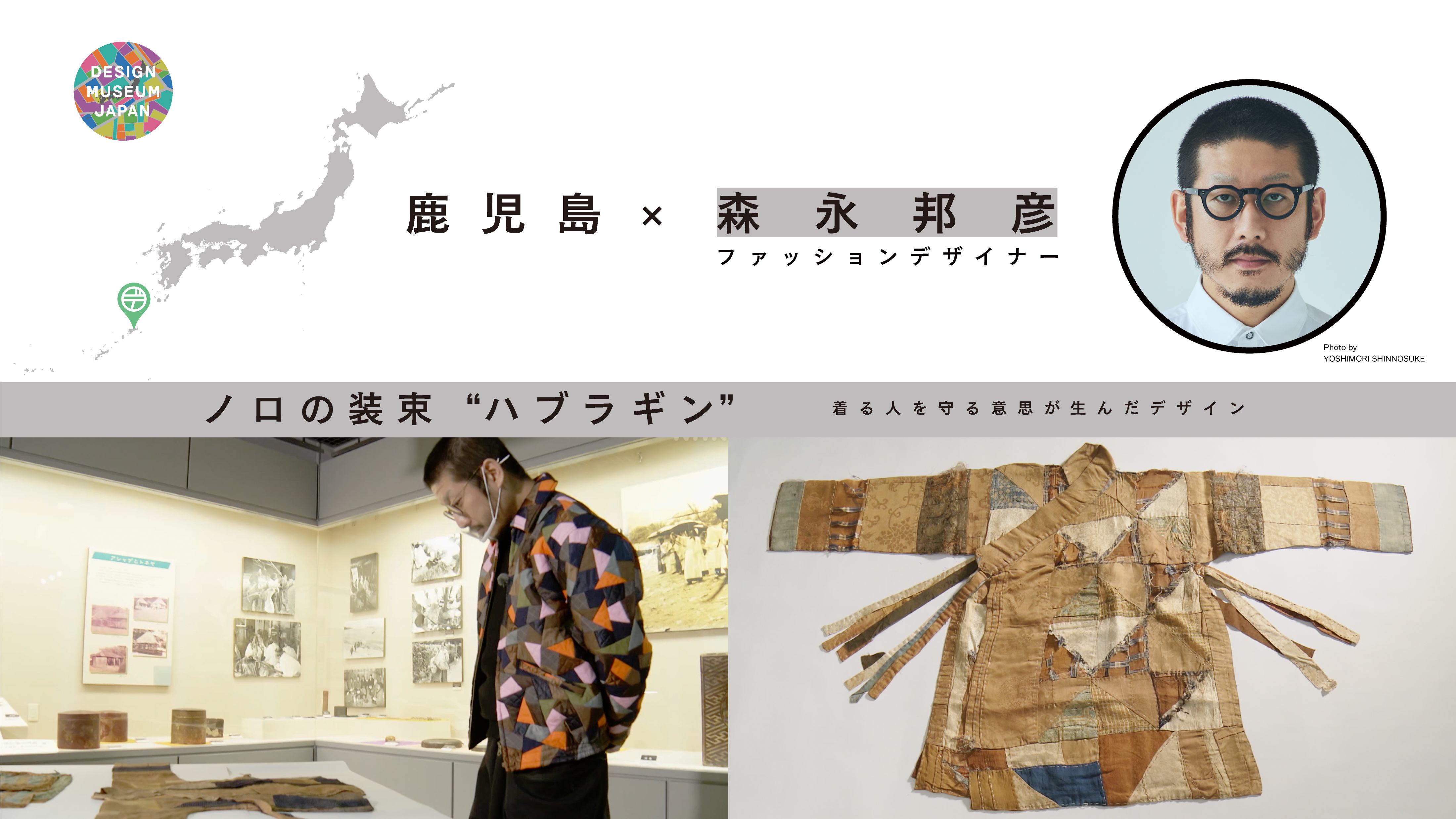Yuko Nagayama researched the Nozurazumi stone walls of Sakamoto in Otsu City, Shiga Prefecture. The Sakamoto district of Otsu lies in the foothills of Mt. Hiei and is known as the base of the Anoshu guild of masons. The stone walls of the great Enryakuji temple and priests’ residences of Sakamoto were built with great skill and still adorn the district today. The walls were registered together as a Traditional Building Conservation Zone in 1997. The Anoshu masons were particularly known for the Nozurazumi wall-building technique in which they piled up natural stones with almost no cutting. Their extreme skill astonished the great warlord, Oda Nobunaga, who hired them to construct the sturdy walls of his own Azuchi Castle. Toyotomi Hideyoshi and other great late medieval warlords around Japan followed suit.
Yuko Nagayama Architect
Nozurazumi Stone Walls

DESIGN TREASURE
Medieval Stone Walls – Face-to-face with Natural Stone

The Anoshu guild of masons, Nozurazumi Stone Wall, Shiga-in Gate Ruins

Nagayama researches around Otsu City
CREATOR

Yuko Nagayama Architect
Born in Tokyo in 1975.
Nagayama worked for Jun Aoki & Associates before setting up Yuko Nagayama Associates in 2002. Focusing on the essence of architecture, she creates spaces where tension and comfort coexist in balance. Recent projects include the Japan Pavilion at the Dubai Expo (2020), Tokyu Kabukicho Tower (2022), and the Nomo-no-Kuni Panasonic Group Pavilion and Woman’s Pavilion (in collaboration with Cartier) at the Osaka-Kansai Expo (scheduled for 2025).

Non-uniform buffers that retain the natural forms
Nozurazumi walls are built by looking closely at the natural shape of each stone and piling them up one by one. The technique is hard to master. Nagayama looks especially at the gaps in which the smaller stones are placed. The random gaps left by the natural shapes themselves also serve as shock absorbers during earthquakes. The visible inserted stones are aligned with the outer surface but the gaps are deep and there are also supporting stones and stones placed inside for drainage purposes. The key point is that the stone walls should not be too tightly packed, for that would weaken the walls. Nagayama observes that the natural fluctuations and shifts “achieve a beautiful balance between the governable and ungovernable.”

Smaller stones are inserted in the gaps between the large ones in the Nozurazumi technique


The random gaps catch pressure and prevent major collapse
For the coexistence of utility and beauty
Nagayama goes to the site of the old gate of the Shiga-in temple to meet the 15th head of the Anoshu guild, Suminori Awata. Walking up the stonewall-lined approach, she notices a large boulder that has been placed diagonally. Does the way the walls are piled up reflect the individual approaches of the head masons of each era? “I am fascinated by the addition of expression to the wall-making skill,” she says. These sturdy walls have now stood for over 400 years and continue to serve as a text for succeeding generations. Today, too, the masons are learning through restoration work about the skills of their predecessors. Nagayama senses the importance of learning from past example.

Observing a boulder in the diagonal stack


There are no paper blueprints for masonry. It is decided by combining shapes in their mind.
The combination of natural stones produces unique rhythms
The stones used to make the walls were mostly quarried in nearby places. They were produced and consumed locally. They present both the natural individuality of form with which they were obtained and the distinctive flavor of the region. Consistent walls built with stones of uniform size and shape also have their own beauty, but the attraction of Norazumi lies in this natural randomness. A great diversity of stone is incorporated in each wall, and the steady accretion of moss then adds to the effect. Nagayama applauds how beautifully the stones blend together in the walls, and the walls in the larger scene.

Stone walls on the main approach to the Hiyoshi Taisha shrine


Nagayama says her eyes have changed to see the individuality of each stone wall.
Where Can We See This Design Treasure?
Shiga-in Monseki Temple
4-6-1 Sakamoto, Otsu City, Shiga 520-0113
Click here for more details.

Photo courtesy of Biwako Visitors Bureau Public Interest Incorporated Association
Sanno Head Shrine Hiyoshi Taisha Shrine
5-1-1 Sakamoto, Otsu City, Shiga 520-0113
Click here for more details.

Photo courtesy of Biwako Visitors Bureau Public Interest Incorporated Association




























